מיוחד | סרטון רחפן | אורך ימים אשביעהו קומזיץ מרגש, בציונו של רבי שלמה קרליבך זצ”ל, הר המנוחות, בהילולא ה 24 לפטירתו
Video by Chaim Spira
https://www.youtube.com/user/chaimshapira
חיים שפירא – 0544-384203
Rabbi Shlomo Carlebach (1925–1994) is considered to be the most influential composer of Jewish religious music of the 20th century. He is credited with reviving the Jewish spirit in the aftermath of the Holocaust and for helping thousands of disenchanted youths re-embrace their heritage.
At the time of his death, Shlomo Carlebach had become a legend of sorts, having recorded 27 albums, amassed a broad following, and given away nearly all his earnings. Several of his songs had become so popular that people had forgotten who composed them, e.g., “David Melekh Yisrael,” “Od Yeshoma” and “Esa Einai.” But beyond his guitar, Reb Shlomo was also a charismatic teacher who combined story-telling, and inspirational insights in creating a new form of heartfelt soulful Judaism filled with a love for all human beings. He discovered the good in every person, found holiness in the outcasts, treasures in the beggars, and righteousness in the rebels.
Shlomo was born in Berlin on January 14, 1925, and grew up in Baden near Vienna where his father, Rabbi Naphtali Carlebach, served as chief rabbi (1931-1938). With the ominous Nazi rise to power, the Carlebach family traveled to Lithuania, and eventually managed to emigrate to New York, arriving on March 23, 1939. Their first rented apartment was in Williamsburg, a mere five minute walk to Mesivta Torah Vodaas, the Haredi Yeshiva high school where Shlomo and his twin brother Eli Chaim studied until April 1943. Then the boys joined a dozen students who helped Rabbi Aharon Kotler establish in Lakewood, New Jersey, the first Haredi full time Torah learning Kollel. Shlomo left Lakewood in 1949 and began a career as the outreach emissary for the 6th Chabad Lubavitch Rebbe, continuing as the “right hand man” for the 7th in disseminating the message of Hassidic Judaism in America. Shlomo also studied at the Chaim Berlin Yeshiva in Brooklyn, and in 1954, received rabbinic ordination from its Rosh Yeshiva, Rabbi Yitzhak Hutner.
At the July 4th weekend of 1966 at the Berkeley Folk Music Festival, Shlomo realized how significant it was that a guitar playing Orthodox Rabbi could reach out to a hippie generation. In April 1968, he established the House of Love and Prayer (HLP) as the first and only Jewish commune in the Haight-Ashbury counterculture of San Francisco. Shlomo gained the friendship and understanding of Swamis, Gurus and spiritual seekers of the New Age by offering a Jewish mode of experience without deprecating their path. His theological premise was that after the Holocaust, it was necessary for God to send teachers from the Far East with teachings of love and devotion.
Shlomo’s popularity in Israel is illustrated by the annual Hassidic Song Festival. At the first festival in 1969, his song, “VeHaer Eynenu” won first place. In almost every one of the first ten festivals there was a song of Reb Shlomo and his songs won more prizes than those of any other composer. Shlomo’s impact is also reflected in the establishment in 1976 of Moshav Me’or Modi’im. This became his home base in Israel.
Shlomo also brought his Hebrew singing repertoire to the non-Jewish world. This is exemplified in his whirlwind concert tours in Poland January, 1-10, 1989 and June 1992, where he pronounced his post Holocaust message of forgiveness and love. Shlomo’s last concert tour was in October 11-18, 1994 in England. He suffered his fatal heart attack in LaGuardia Airport on October 20, 1994. Shlomo was survived by his ex-wife Neila (Elaine Glick) and their two daughters, Neshama who has become a renowned singer in her own right and Nedara who lives in Israel and is a photographer.
Reb Shlomo invented hundreds of catchy, uplifting melodies based on Biblical verses and liturgical excerpts, combining the devotional ecstasy of Hassidic prayer styles with American folk music and sing-alongs. He was instrumental in transplanting folksy Hasidic songs and guitar playing into a wide range of settings ranging from concert halls and community gatherings to coffee houses and protest rallies. In addition, he created a new genre of musical-stories designed to inspire, educate and sermonize. He revolutionized nusach and zemirot, transforming Synagogue services throughout the world and he is the only composer to have an entire Shabbat service nusach named after him.













